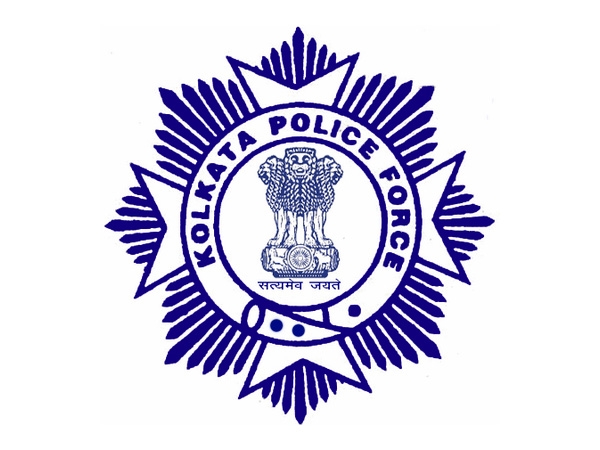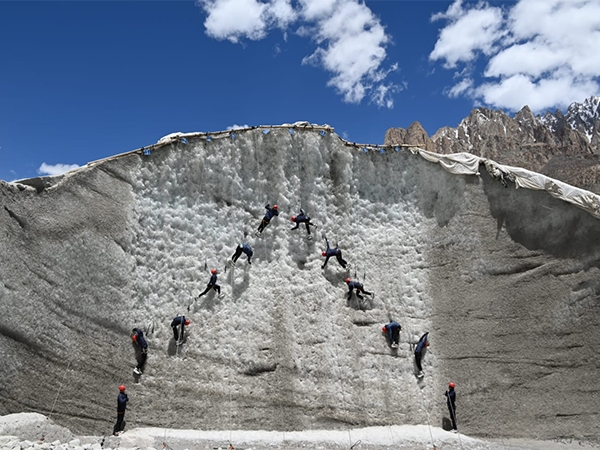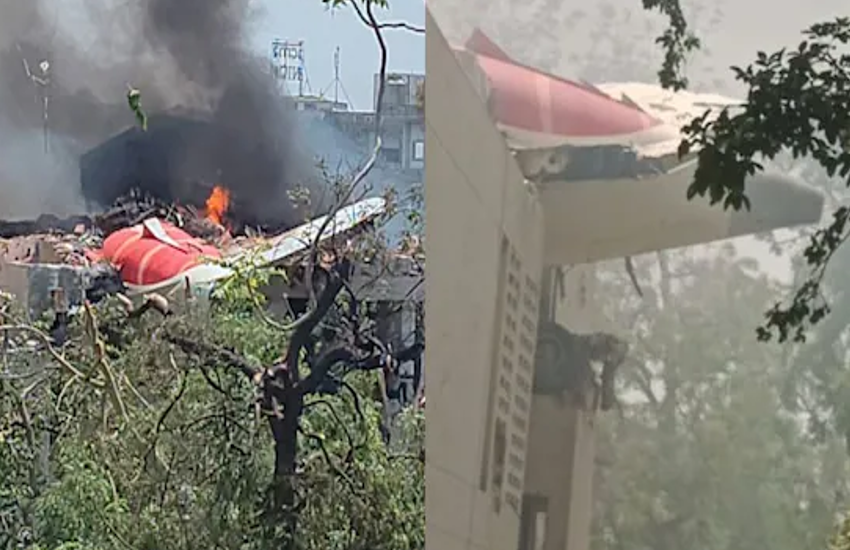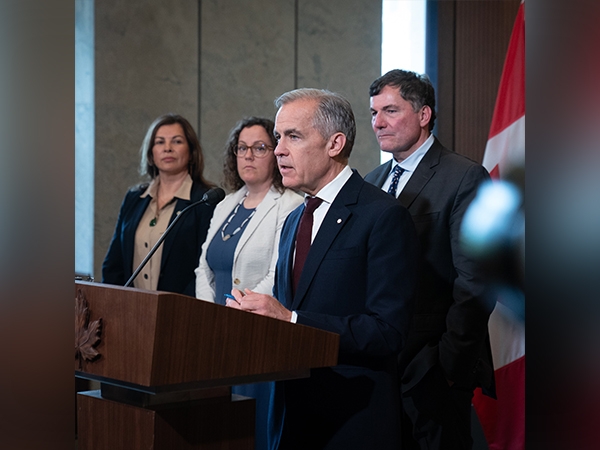Appalling social development: 98% of Bihar doesn't get clean water

Prime Minister Narendra Modi has finally upped the ante on the Bihar campaign trail. He has started to use the development rhetoric which carried him to victory in the Lok Sabha election last year.
His main point is that Bihar has to progress, and the grand alliance is incapable of achieving that due to the JD(U) and RJD's past governance record.
In the first part of Catch's Bihar in Numbers series, we had presented facts on the economic development in the state.
Read- Bihar in numbers: if there's a Vikas Purush in the state, it's Nitish
In the second part, we look at the human development indicators - from crime, education and healthcare to sanitation.
- The percentage of state's population which resides in rural areas. The national average is 67.7%.
- About 40% of the urban population lives in slums.
- 13.2 lakh persons live below the poverty line.
- The share of households in rural Bihar whose members defecate in the open.
- In 2013-14, Bihar had a target of building 12,12,716 toilets, but only a little more than 10% of those were built, according Public Health Engineering Department minister Mahachandra Prasad Singh last year.
- Initially, the target was to achieve total sanitation by the year 2012. But now it has been revised to 2019.
- Meanwhile, economic development, which has led to rapid urbanisation in Bihar, has left 25% of slum dwellers without access to sanitation.
- The number of habitations in Bihar that are affected by contaminated water.
- Moreover, of Bihar's 1.9 crore households, only 3.1% use tap water from treated sources.
- In rural Bihar, 98.4% of households may not have access to treatable water, according to the Population Foundation of India.
- Consequently, about 64,000 children in Bihar die of diarrhoea every year. Bihar accounts for about 12% of the national average of child deaths from this disease, according to a report in The Telegraph.
- The number of murders that took place during Nitish Kumar's 10-year reign as CM.
- Bihar accounts for the second highest number of murders in India, surpassed only by Uttar Pradesh.
- During Nitish's reign, crimes against women rose by more than 150%.
- Kidnapping and abduction are the leading crimes in Bihar, with almost 6,570 registered in 2014 alone.
- Crime in Bihar has been a favourite topic among filmmakers, seen in films like Gangajal, Apaharan and Shool.
- The shortfall in male health workers at rural sub centres (for basic primary healthcare) in Bihar, as of March 2015.
- The total requirement is 9,729, meaning only 1,074 workers have been hired. Only rural Rajasthan and Uttar Pradesh have higher shortfalls than Bihar.
- Regulations say there should be one primary health centre for 30,000 people. Each should have an operation theate. But in Bihar, only 1 out of every 4 PHCs has an operation theatre - far lower than the national average of 39%.
- Also, only 25% of PHCs have a telephone connection and a computer.
- In rural Bihar's community health centres (meant for specialty care), only 63 specialist doctors are present, as against the requirement of 280.
- The number of infant deaths per 1,000 children in Bihar, as per Census 2011. The national average is 40.
- The Maternal Mortality Ratio (MMR) is 219 deaths per 100,000 live births, much higher than the national average of 178.
- The prevalence of anaemia is the highest amongst adolescent girls, at 92%, according to a joint survey conducted by the Government of Bihar and UNICEF in 2006.
- Additionally, Bihar is extremely vulnerable to HIV due to high migration and trafficking.
- The average number of teachers per school in Bihar as of 2013-14.
- Bihar has much better average of teachers per school than 11 other states - Chhattisgarh, Jharkhand, Odisha, Andhra Pradesh, Karnataka, Madhya Pradesh, Rajasthan, Uttar Pradesh, Himachal Pradesh, Assam and Arunachal Pradesh.
- Before 2005, teacher shortages were common in Bihar. The practice was to group students for instructions, even if they were from different classes. Unfortunately, this practice is still prevalent till this day, according to a study by the ASER Centre.
- The ASER survey of 2013 shows that less than half of Class V children in Bihar can read Class II level text.
- Bihar has only 6 colleges for 1 lakh people in the age group 18-23 years. The all-India average is 25.
- Only 13.1% of Biharis in the age group 18-23 enrol in higher education, as against 20.4% across India.
- Sanitation workers belonging to the Dom, Mehtar, Basfor or Bhangi communities. About 10% come from other scheduled castes, including 6% Musahars. Just over 5% workers belong to other backward classes (mostly Mallahs), and 1.57% are Muslims.
- The literacy rate among Musahars is 9%, while the women of this community have a literacy rate of only 3.9%. About half a dozen castes included among Mahadalits have female literacy rates of less than 5%.
- A large number of Mahadalit families don't even have land for constructing a hut, according to the Department of Revenue and Land Reforms, Government of Bihar.
The priority of the new government of Bihar has to be to improve the standards of living and civic amenities.
First published: 11 October 2015, 22:59 IST





![BJP's Kapil Mishra recreates Shankar Mahadevan’s ‘Breathless’ song to highlight Delhi pollution [WATCH] BJP's Kapil Mishra recreates Shankar Mahadevan’s ‘Breathless’ song to highlight Delhi pollution [WATCH]](https://images.catchnews.com/upload/2022/11/03/kapil-mishra_240884_300x172.png)

![Anupam Kher shares pictures of his toned body on 67th birthday [MUST SEE] Anupam Kher shares pictures of his toned body on 67th birthday [MUST SEE]](https://images.catchnews.com/upload/2022/03/07/Anupam_kher_231145_300x172.jpg)






